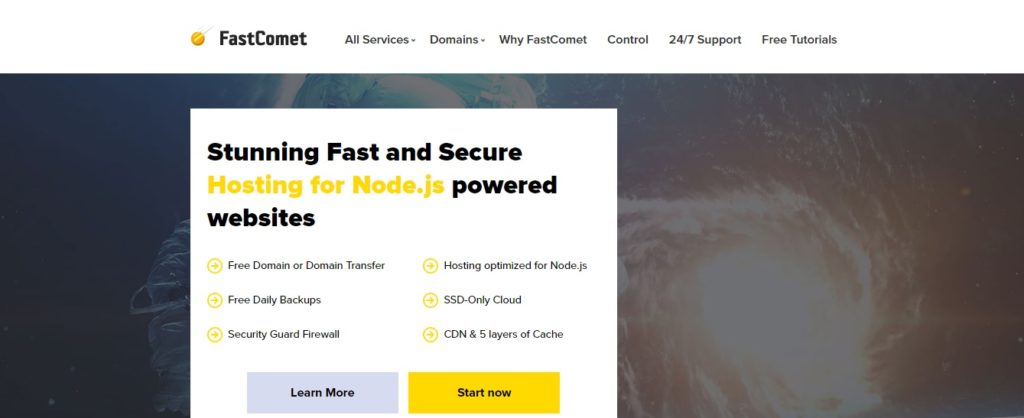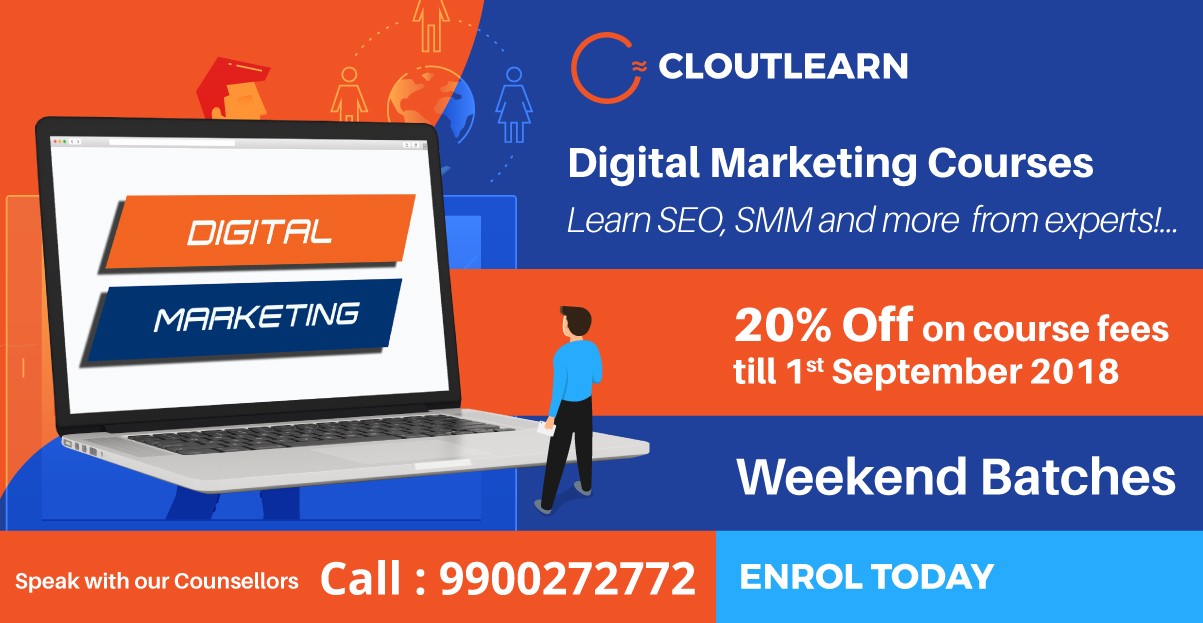
If you're tired of seeing the same old ads in your Gmail inbox, you can use Google's display network to run an ad on the Promotion tab. This allows your ads to be placed next to the emails of your competitor's domain. It is a great option to reach a specific audience. You can also create opt-in campaigns if you are looking to increase conversion rates.
Gmail ads can be very flexible and allow you to make your digital advertising more personal. You can use these ads to create your own landing page. This allows you to add photos, videos and testimonials as well as call-to-action buttons. There are some guidelines, including file size. The file size must not exceed 1.25MB. Gmail has many more options.
Google sponsored promotion are a great way promote your brand. They'll appear in your inbox similar to an email subject line, and they'll expand to full-size ads when clicked. GSP ads charge per click. Every interaction with an ad and every click to the website are considered clicks. You only pay for the first click. This results in a higher ROI.

Gmail is widely used, so these ads can also be effective on mobile devices. The cost-per click (CPC), for clicks on your website, is low, especially when compared with Google ads. Advertisers usually pay just one penny per click. This contrasts with the cost-per-click for ads on Google Display Network. It's not much, but it is a great way to measure the effectiveness and impact of your campaign.
You must try different methods to reach new people before you decide whether email marketing is a good tool for reaching new audiences. When you launch a newsletter, it is important to test different images as well as links before you launch your ad campaigns. Too many ads can confuse your readers and annoy them. To target people outside of your CRM database, you can use CRM data. By doing so, you'll be able to reach new audiences and increase your reach. A post-ad report is required to evaluate the campaign's success.
FAQ
What is the cost of advertising on social media?
You should be aware that social media advertising costs money. You will be charged monthly based on how much time you spend on each platform.
Facebook - $0.10 per 1,000 impressions
Twitter - $0.20 for 1,000 impressions (if tweeting)
Send out invitations on Linkedin for $0.30 per 1000 impressions
Instagram: $0.50 per 1,000 impressions
Snapchat - $0.60 per 1,000 impressions ($0.40/user)
YouTube - $0.25 Per 1,000 Views
Tumblr Text Posts - $0.15 Per 1,000 Impressions
Pinterest - $0.05 per 1,000 impressions per month
Google + - $0.15 - $0.20 per 1 Million Impressions
Tumblr- $0.15-$.20 for 100,000 impressions
Vimeo - $0.20- $0.25 per 10,000 impressions
Soundcloud - $0.20-$0.25 per 1 million plays
StumbleUpon - $0.20 -$0.25 per 1 billion pageviews
Digg - $0.20 to $0.25 per 1000 diggs
Reddit $0.20-$0.25/1000 comments
Wordpress - $0.20 to-$0.25 for 500 comments
Flickr - $0.20 -- $0.25 per 5,000 photo uploads
Why not use social media advertising for your business?
Social Media Marketing allows you to reach customers right where they are, via social networks like Facebook, Twitter, LinkedIn and YouTube. You can also target specific groups within these networks using keywords.
Because it is cheaper to market online than traditional advertising methods, this advertising method is more cost-effective. You can also build strong relationships and trust with your clients, both current and prospective.
It is easy to use social media to promote your company. All you require is a smartphone, computer or laptop and Internet access.
What is the best way to advertise online?
Internet advertising is a key part of any business strategy. It allows businesses to reach potential clients at a low price. There are many options for internet advertising. Some advertising is free and others are paid.
There are several options for advertising on the internet. These include banner ads, pop-up advertisements, search engine optimization (SEO), PPC (pay-per-click) advertisements, social media and mobile marketing. Each method comes with its own set of advantages and disadvantages.
How can you choose your target audience?
Begin by talking to yourself and people close to you. If you don’t know where or how to start, ask yourself "Whom are I trying to reach?"
Ask yourself the following questions: Who are my industry's most influential people? What problems do they deal with daily? Who are the smartest people in my industry? Where can they be found online?
Go back to the beginning when you started your business. Why did your start? What was your problem and how did it solve?
These answers will help identify your ideal clients. You'll also learn more about what makes them tick and why they buy from you.
It is also possible to look at the websites and social networks pages of your competitors to get insight into who they cater.
Once you have identified the target customers, it is time to decide what channel(s) you want to use to reach them. You might, for example, create a website to target home buyers if you offer services to real-estate agents.
A blog that targets small-business owners could be a possibility if you are a software provider.
A Facebook page could be created for clothing sellers. You could also set up a Twitter account if your restaurant is a business owner to help parents find kid-friendly restaurants.
The point here is that there are many ways to get your message across.
What is the primary purpose of advertising?
Advertising is more about connecting with customers than just selling products.
Advertising is about communicating ideas and values to people who are already interested in what you have to offer. It is about changing attitudes and minds. It's all about building relationships.
It's all about helping people feel good.
But if you don't know what your customers want, you can't sell anything to them.
You must first get to know your customer before you can start advertising projects.
This will allow you to create ads that resonate with your target audience.
What do you need information about print advertising
Print advertising is a great medium to communicate with customers. Print advertising is used by many companies to promote their products and services. It is designed to attract the attention of the customer.
Print ads are usually one page in length and can include text, images and logos. They may also include sound, animation, video, and hyperlinks.
The following are the main types print advertisements:
1. Brochures - Large format printed brochures are used to draw people in to stores. Brochures often feature eye-catching designs and colorful photos.
2. Catalogues are smaller versions than brochures. They are sent to customers who have requested specific information.
3. Flyers – These are tiny pieces of paper distributed at events like concerts or fairs. They are generally free but must be paid for if they are handed out at retail outlets.
4. Posters - These flyers can be larger than the ones you see on the flyer. They are often displayed on walls, fences, or buildings. They are created by computer software programs in order to grab passersby's eyes.
5. Direct mail – This is a direct mailing of letters or postcards directly to customers. These are sent periodically by companies to remind current customers about their business.
6. Newspaper Ads – These are ads that appear in newspapers or magazines. They are usually quite long and contain both text and images.
What do you need to know about radio advertising?
It is important that you understand the differences between media. The most important thing to remember is that all forms of media are complementary rather than competitive.
Radio is best used as an extension of television advertising. Radio complements television advertising by reinforcing key messages or providing additional information.
TV commercials are often too long for radio listeners. Radio ads are usually shorter and less expensive.
Statistics
- Google will display whichever ad type (CPM or CPC) is expected to earn more revenue for the publisher, which is in Google's best interest since they take a 32% share of the revenue. (quicksprout.com)
- Worldwide spending on advertising in 2015 amounted to an estimated US$529.43 billion. (en.wikipedia.org)
- This means that at least 50% of an ad needs to be shown on the screen for at least one second. (quicksprout.com)
- Advertising's projected distribution for 2017 was 40.4% on TV, 33.3% on digital, 9% on newspapers, 6.9% on magazines, 5.8% outdoor, and 4.3% on radio. (en.wikipedia.org)
External Links
How To
How to make Sponsored Ads on Facebook
Facebook is now one of the most used social networking sites. There are approximately 1.79 billion monthly active users in the world. The number keeps growing every day.
Facebook is free. But, if you wish to reach your audience directly, you need to pay. Paid advertising options include promoted posts and banners.
Log in to an existing app, if you already own one. Otherwise, click "Create New App." Follow these steps:
-
Under the Apps section, click "Add Platform".
-
Click Continue, then select "Advertising".
-
Complete the form and send it in.
-
Once you have been approved, you will receive a Client ID number and a Secret key. You will need to copy them.
-
Copy the keys and paste them into the fields.
-
Select the currency and enter the name of the campaign.
-
Click "Begin Campaign"
-
Follow the instructions until your first banner appears. Copy the URL, then go back to your Facebook profile.
-
Paste the code into Facebook's box.
-
Click "Save Changes".
-
Your ad should be now live!
-
Repeat steps 10 through 12 for each additional banner you want to create.
-
Once you are done, click "Continue", and continue with the process.
-
Create your final ad group.
-
To view all your campaigns, click on the "View All Ads” button once you have completed.
-
Click the "Remove Advertisements" button next to any ad.
-
If you're not seeing any results after running your campaign, check to ensure you followed the directions correctly.
-
Check the date range you have chosen for your campaign.
-
Be sure to set your budget correctly
-
Save your changes.
-
Review the settings for your campaign before clicking "Submit."
-
Wait for your ads to appear on your timeline.
-
Congratulations on a job well done!
-
Let's now examine some tips to help improve your results.